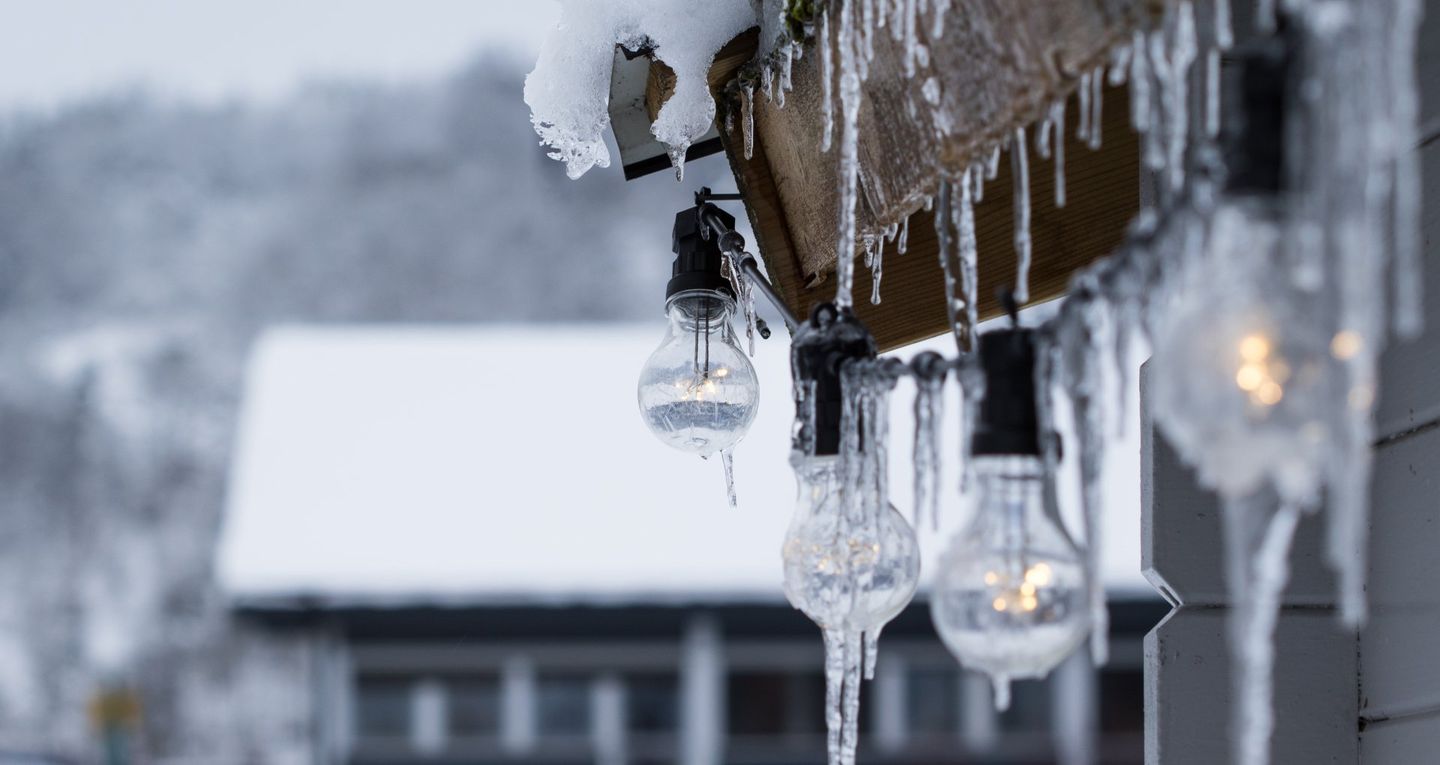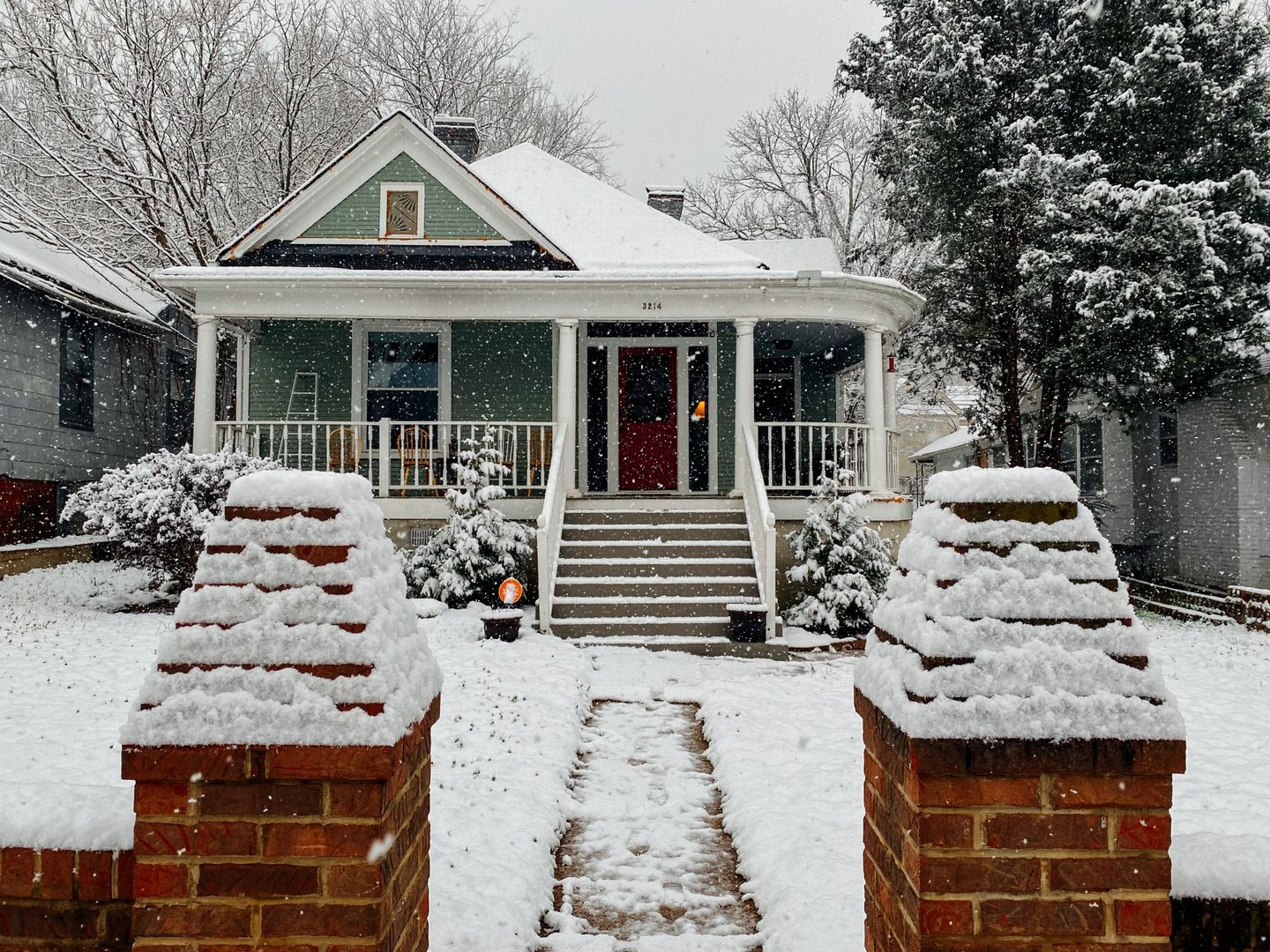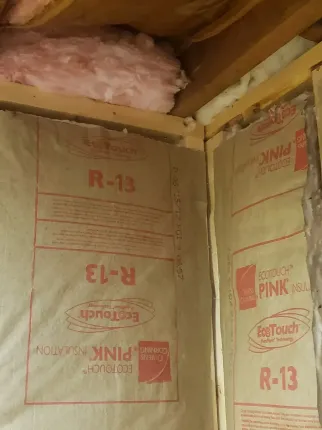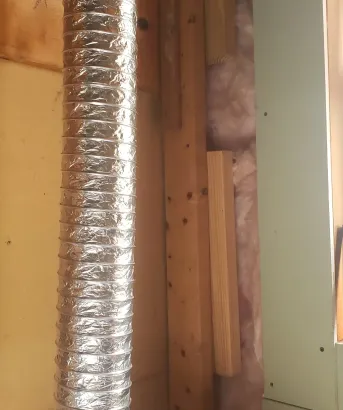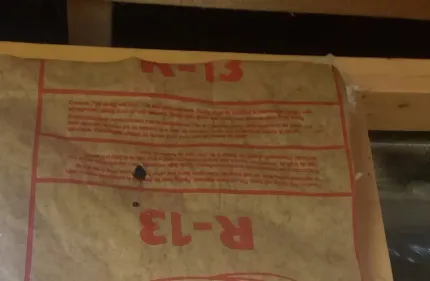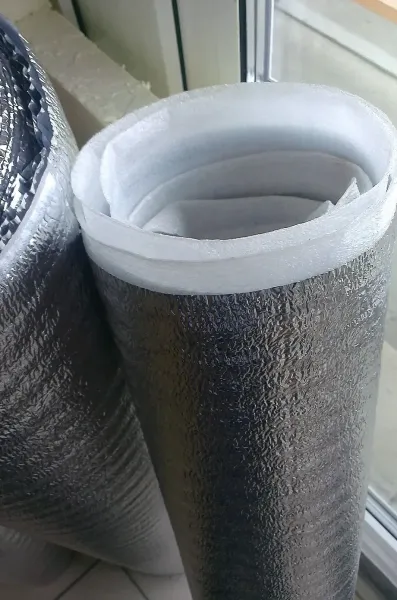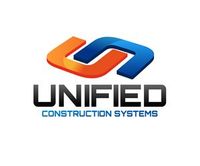Keep the weather outside this year...where it belongs
Protect your family from the elements with high quality insulation by Akron Home Insulators
Ohio's weather is extreme! We can have hot summers of over 100° F and cold winters well below 0° F, and at Akron Home Insulators we install only the best insulation for your home! We have all types of insulation, and specialize in cellulose insulation because it is hands-down the best. We will help guide you to making the best choice for your family, home, and budget - with zero pressure free quotes! We do it all! Let an expert from Akron Home Insulators prepare your home for a nice cozy winter and a cool relaxing summer.
Over half of home energy bills are spent on heating and cooling, with 29% of that being on spent heating alone, according to the US Dept of Energy. Homes built at or around the 1960's are particularly vulnerable to high heating and cooling costs due to building codes at the time. In fact, the North American Insulation Manufacturers Association Inc (NAIMA), in 2015, concluded that 90% of US homes were under-insulated.
It was thought that energy would always remain cheap and affordable, thus heating a home was considered more worthwhile than keeping the heat it already has. This viewpoint turned out to be completely incorrect as energy costs have skyrocketed around the world, it is now more important than ever to insulate a home and keep the heat it generates inside of it. By installing proper insulation, air sealing and with regular equipment maintenance you can save up to 30% on home energy costs, starting immediately!
Check out our
services page for the most effective placements of home insulation or
read our blogs to hear about how insulation saves you money!

Akron Home Insulators offers a 10 year warranty on all insulation work. Not Satisfied? Call our office so that we can remedy the issue immediately! Call 330-352-4456
Akron Home Insulators is proud to announce that we are offering HVAC Services in Greater Akron and Canton Ohio!
For total home protection and maximum energy saving, your home must be air sealed and insulated, but your HVAC may still be causing high energy bills and discomfort inside! A well maintained and updated Furnace, Heat Pump, Boiler, or Air Conditioner will be much more energy efficient, cost less to run, and operate more quietly. We repair and maintain all major brands! We offer a variety of systems from Bryant, Rheem, Daiken, and Santa Fe. We chose to offer these brands because of their wide availability of parts, their top tier customer service, and their extended customer warranties!
We also control indoor air filtration to ensure that lung contaminants are caught and contained where they cannot harm those inside. With up to MERV 15 Air filtration, you won't have to worry about airborne contaminants and lung irritation! For those on oxygen, those with asthma, or seasonal allergens, these systems are an incredible addition for your home, they ensure that micro-particles of airborne allergens are stopped in their tracks.
Additionally, with humidity controls, you can ensure that your humidity is in the peak comfort zone. High humidity increases the feel of the heat around us and can cause a stuffy or sticky feeling, while low humidity allows static electricity to build up, causing zaps and shocks to those inside.
**The US Government has DOUBLED the amount of tax credits for insulation to $1200**
President Biden has signed the Inflation Reduction Act and contained within are tax rebate incentives for homeowners to make their homes more energy efficient, up to 30% of a project cost or $1200/year. Find out more at: https://www.energystar.gov/about/federal_tax_credits/insulation
How does insulation help?
Temperature wants to balance itself, a process called thermal equilibrium , if one area is warm and another is cold, they will come to an average of both, at Akron home insulators we seek to prevent this from happening. Insulation has low thermal conductivity, meaning high thermal resistance, called an R-Value, which will resist any heat or cold transfer. This transfer happens in three ways, Radiation, Convection, and Conduction and each type of insulation will fight these three differently.
Radiation heat transfer is driven by invisible waves, spreading out heat when they encounter molecules, attempting to cause a balance between temperatures. Its why you can feel heat by placing your hand several inches over a warm stove-top. Insulation resists radiant heat transfer (some better than others by using reflective technology, more on that here), keeping warm areas warm, and cold places cold.
Convection heat transfer is how quickly the hot and cold temperatures can balance themselves by spreading out the heat. A good example would be fans blowing on a car radiator, removing heat more quickly by whisking it away. Insulation, with its high thermal resistance, withstands convection heat transfer by trapping air inside itself, keeping that air at the most stable temperatures allowable stops convection heat transfer.
Conduction heat transfer is the physical transfer of kinetic energy from one molecule touching and vibrating against another. This primarily occurs in solid matter, such as a pot heating up to boiling water. Insulation decreases thermal conduction between two surfaces by adding a thermally resistant barrier between hot and cold spaces.
Insulation for cold weather traps in heat and keeps cold temperatures from permeating into the warm interior, much like a blanket, saving on winter heating costs. Similarly, Insulation for warm weather seeks to keep the heat outside and preserve the nice cool environment of the home, so the A/C doesn't need to consume as much electricity for the same effect. This is done with a variety of different insulation solutions like: Blanket batts, Rigid foam boards, Blown in, Reflective insulation, and Spray Foam. Each type has its own pros, cons, and thermal resistance (read more about thermal resistance here), but don't stress, we are here to provide experts who will help choose and install the right type for your unique home. Lets go over your options! For more information, click on each insulation type or visit our About page.
Spray Foam Insulation
Excellent for open rafter attics, rim joints, and spaces between rooms (can be done before or after drywall, before will offer better protection), spray foam insulation offers high R-value, its able to insulate and seal small spaces or large. Closed cell spray foam can enhance structural integrity of the home. Superb air and moisture barrier, longer lasting but more expensive than other insulation types. Read more >>
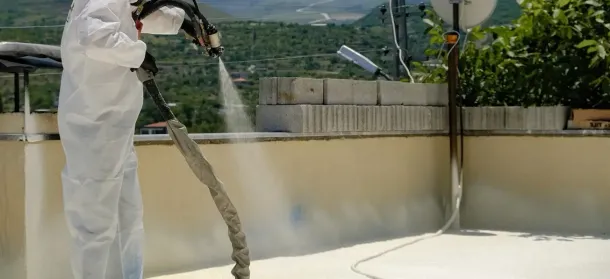
Blanket Batts
Fiberglass Insulation designed to be used for above or below-ground insulation in walls, floors and attics, great for filling gaps to avoid drafts, comes in a variety of thickness. Blanket batts install inside of walls between studs. Highly affordable and offering many R-values for any home in any temperature region. Must be installed before drywall is applied. Read more >>
Rigid Foam Boards
Excellent for use in basements or when in contact with masonry, holds up well against moisture. Foam board insulation can be used above or below ground level. Foam boards are affordable pre-cut panels that come in a variety of thickness' and R-values. They are easily scored and able to be cut for custom sizes. Read more >>
Blown in (aka Loose-fill insulation)
Designed for existing or new walls, adds insulation by blowing materials (fiberglass or cellulose) into small holes drilled in siding or spread atop rafters in attics. Prices are diverse, but this insulation provides additional benefits to the home, varieties include fireproof, pest resistant, and noise dampening or a combination of the three. Leaves a small color-matched plug where holes are drilled to fill existing walls from the inside. When filling from the outside, we remove siding and drill into the wood underneath. Read more >>
Reflective Insulation
Designed for hot summers and installed in attic spaces, reflective insulation protects against radiation heat transfer when sunlight hits a rooftop by reflecting the heat away and back outside. Saves on A/C costs by keeping internal temperature lower. Read more >>
R-Value defined
Insulation is rated using a mathematical formula that gives an R-value. The formula looks like this:
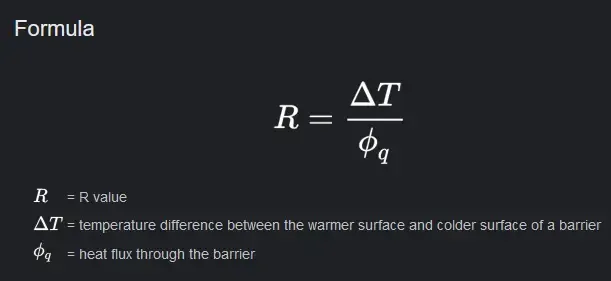
The result of the equation is the R value, or an object's thermal resistance, the higher the value the better it will withstand against temperature change. The thickness of the padding changes the R-value, as a much thicker item holds heat longer than a thin one. We use this information to determine how much insulation to use for your home, and where to use more or less. The US Department of Energy has classified 7 zones for recommended R-rating of insulation, 1 being the lowest and 7 being the highest. NE Ohio ranks in the 5th zone, meaning our state requires more heavy duty insulation than most other parts of America. Don't sit in the cold any longer, Akron Home Insulators has you covered!
What does damaged insulation look like?
Its a mess, quite literally. This home owner experienced a leak in their roof, leading to heavy water damage to the insulation below. We can see a mix of blanket batts and blown-in insulation, along with all of the mold damage and pile up from the water. All of the insulation here will need to be replaced to be effective and to avoid further mold damage.

Don't let money leak out of your home any longer, book with us today
Now that you know how insulation works and how much you can immediately save on energy bills, are you ready to install? Have questions about service? Send us a message with our Contact form and Jeremiah will be happy to answer all of your questions!
Our teams are Ohio Insulation Experts, answering questions with years of experience and installing quickly, efficiently, and affordably. Call today at 330-352-4456



